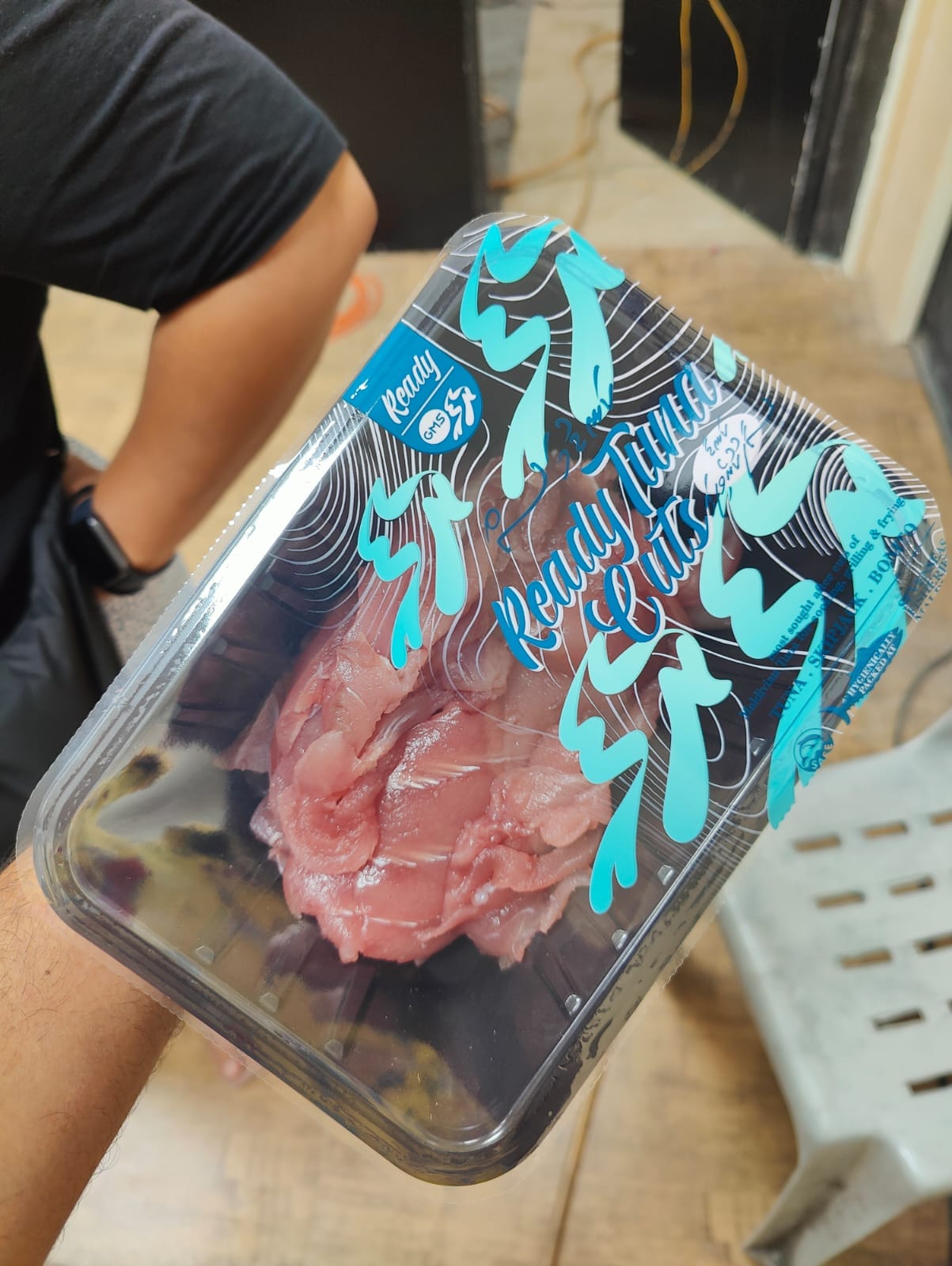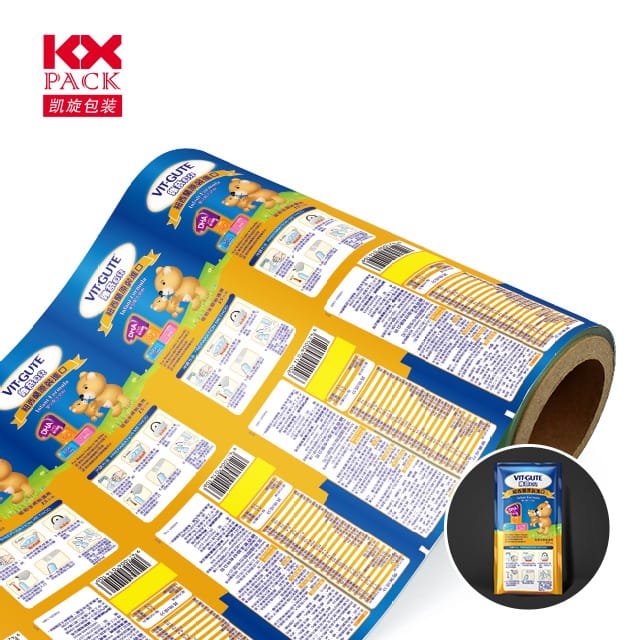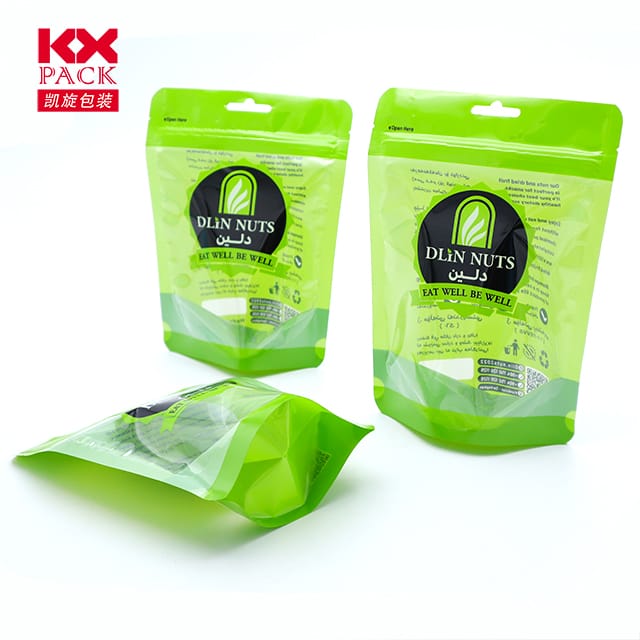Еволюція та вплив гнучкої упаковки фільмів: Стійка революція (6)
Гнучкі фільми
In an era where sustainability, зручність, та рішення для упаковки інновацій, flexible films packaging has emerged as a cornerstone of modern industry. Від харчових та фармацевтичних препаратів до побутової електроніки, Ці адаптовані матеріали переробляють, як захищені продукти, транспортується, і представлений. Давайте вивчимо динаміку, тенденції, та майбутній потенціал цього динамічного сектору.
What Are Flexible Films Packaging?
Flexible films packaging refers to lightweight, non-rigid materials used to encase products. Unlike traditional rigid containers, these films—often composed of polymers like polyethylene (PE), поліпропілен (пп), or multi-layer composites—conform to the shape of their contents, minimizing waste and optimizing space.
Key characteristics include:
- Легкий & Довговічний: Reduces shipping costs and carbon footprints.
- Бар'єрні властивості: Protects against moisture, кисень, і світло, продовження терміну зберігання.
- Customizability: Printable, sealable, and adaptable to diverse formats (мішечки, сумки, wraps).
Зростання ринку & Key Drivers
The global flexible packaging market was valued atдоларів США 210.62 мільярд в 2023 and is projected to reachдоларів США 238.91 мільярд на 2029, growing at a CAGR of2.12%. Ключові драйвери включають:
- Shift from Rigid to Flexible Solutions: Brands prioritize cost-efficiency and sustainability, favoring flexible films over heavier, less eco-friendly alternatives.
- Електронна комерція: Online retail demands lightweight, damage-resistant packaging for safe deliveries.
- Охорона здоров'я & Food Demand: Pharmaceuticals and perishable goods require sterile, airtight packaging, fueling innovation in high-barrier films.
Innovations in Material Science
Recent advancements in flexible film technology focus onsustainability and performance:
- Mono-Material Structures: Companies like Huhtamaki are pioneering single-polymer films (Напр., PE or PP) to simplify recycling.
- Біорозкладані фільми: Made from renewable resources (Напр., Котлет), these reduce plastic waste.
- High-Barrier Coatings: Advanced polymers like polyvinylidene chloride (PVDC) or ethylene vinyl alcohol (Evoh) enhance shelf life without compromising recyclability.
Regional Dynamics
Asia-Pacific dominates the market, accounting for58% of global volume in 2023, керований:
- Rapid Urbanization: Rising middle-class populations in China and India boost demand for packaged goods.
- E-commerce Expansion: Online shopping platforms like Alibaba and Flipkart rely on flexible films for efficient logistics.
- Регуляторний поштовх: Governments mandate eco-friendly packaging, accelerating adoption of recyclable/compostable films.
Виклики & Майбутні світогляди
Despite growth, the sector faces hurdles:
- Recycling Complexity: Multi-layer films are hard to separate, complicating circular economy efforts.
- Нестабільність сировини: Fluctuating polymer prices impact margins.
Проте, the future looks promising:
- Розумна упаковка: Films embedded with sensors for freshness tracking or anti-counterfeiting.
- Circular Design: Modular, reusable packaging systems that minimize waste.
- Collaborative Innovation: Partnerships between material scientists, brands, and recyclers to close the loop.
Висновок
Flexible films packaging is more than a convenience—it’s a strategic imperative for a sustainable future. As brands and consumers demand smarter, greener solutions, this sector will continue to evolve, blending cutting-edge science with practical design. The road ahead? A balance of innovation, responsibility, and adaptability to meet the needs of a changing world.
Stay tuned for more insights on packaging trends—where science meets sustainability! 🌍📦✨
Джерела: QYResearch, Ринки -ринки, GlobeNewswire, Packaging World







